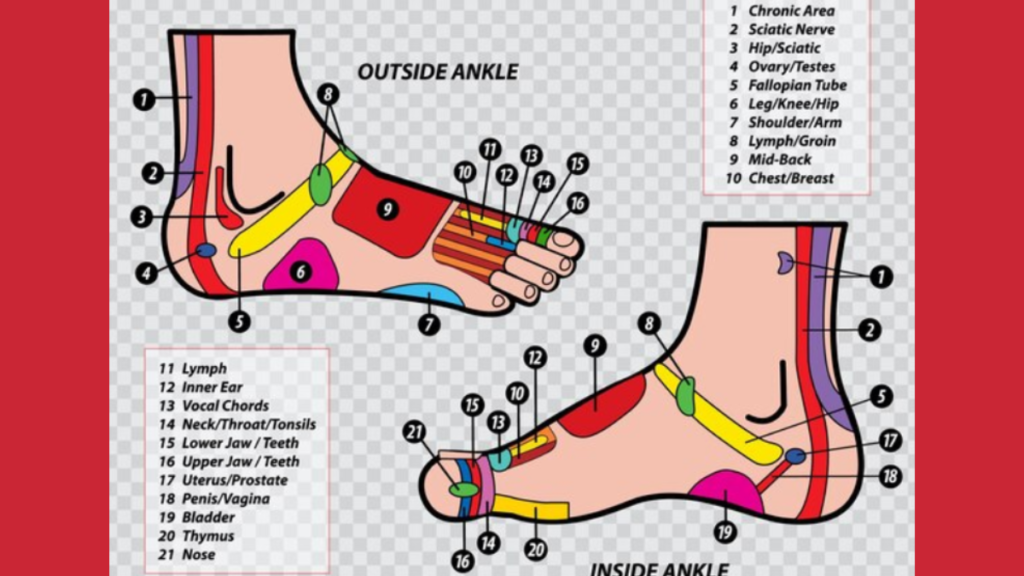Foot Pain Chart – Foot pain is a common discomfort experienced by people of all ages, impacting mobility and overall quality of life. Understanding the root causes of foot pain and implementing effective management strategies is crucial for maintaining optimal foot health and well-being.
Understanding Foot Pain
Foot pain can manifest in various forms, ranging from mild discomfort to debilitating agony. It can stem from multiple factors, including structural issues, injuries, medical conditions, and lifestyle choices.
Common Causes of Foot Pain
· Injury and Overuse
Injuries such as sprains, strains, and fractures can result in acute foot pain, while overuse injuries like plantar fasciitis and Achilles tendinitis often lead to chronic discomfort.
· Medical Conditions
Medical conditions like arthritis, diabetes, and neuropathy can contribute to nerve damage and inflammation, leading to persistent foot pain.
· Lifestyle Factors
Poor footwear choices, excessive standing or walking, obesity, and improper foot care can exacerbate foot pain symptoms.
· Foot Pain Assessment
Utilizing a foot pain chart can aid in assessing the location, intensity, and nature of foot pain, facilitating accurate diagnosis and treatment planning.
Prevention and Management Strategies
Implementing proactive measures can help prevent foot pain and alleviate existing symptoms, promoting long-term foot health.
· Foot Care Tips
Regularly washing and moisturizing feet, trimming toenails properly, and inspecting for signs of infection or injury are essential aspects of foot care.
· Footwear Recommendations
Choosing supportive, properly fitting shoes with adequate cushioning and arch support can significantly reduce foot pain and discomfort.
· Lifestyle Changes
Maintaining a healthy weight, engaging in regular exercise, and practicing good posture can alleviate stress on the feet and prevent pain.
Home Remedies for Foot Pain
Simple self-care techniques and home remedies can provide immediate relief from foot pain and promote healing.
· Self-Care Techniques
Elevating the feet, applying ice packs, and gentle stretching exercises can help reduce inflammation and soothe sore muscles.
· Pain Relief Methods
Over-the-counter pain relievers, topical creams, and foot massages can effectively alleviate minor foot pain and discomfort.
Professional Treatment Options
In cases of severe or persistent foot pain, seeking professional medical intervention is advisable to address underlying issues and prevent complications.
· Medical Interventions
Orthotic inserts, corticosteroid injections, and surgical procedures may be recommended for managing severe foot pain caused by structural abnormalities or injuries.
· Physical Therapy
Customized physical therapy programs focusing on strengthening exercises, flexibility training, and gait analysis can help improve foot function and reduce pain.
· Alternative Therapies
Modalities such as acupuncture, chiropractic care, and massage therapy may offer additional benefits in relieving foot pain and promoting overall well-being.
Conclusion
In conclusion, effectively managing foot pain requires a multifaceted approach encompassing preventive measures, self-care techniques, and professional interventions. By incorporating these strategies into your daily routine, you can alleviate discomfort, improve mobility, and enhance your overall quality of life.







